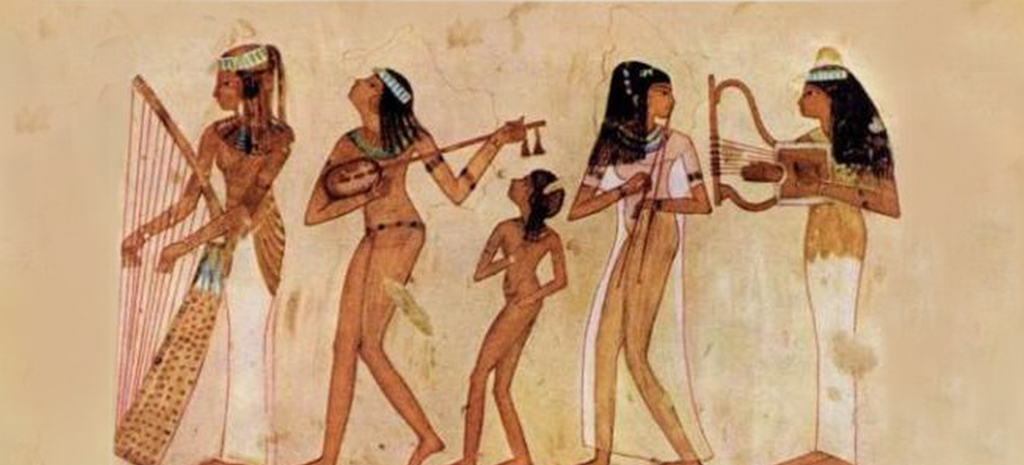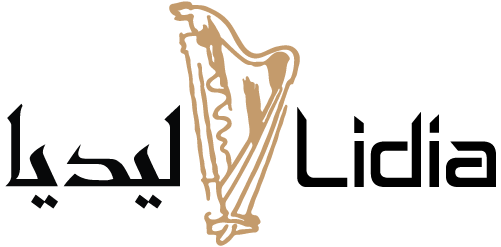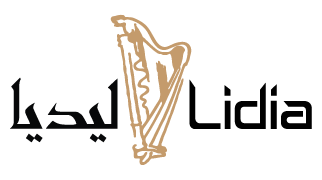Who Played The First Harp?

It is easy to forget, when I sit playing my modern harp, that the instrument has come a long way since the first harps were created, more than 4,500 years ago.
Bows, arrows, harps…
The first harps were believed to have been built and played in Ancient Egypt, and, as they are thought to have been fashioned from bows and arrows with extra strings added to create different notes, it is likely to be the case that soldiers or huntsmen were the first harpists.
The Egyptian harp had far fewer strings than the version that I play today, and it was closer to what we refer to today as a lyre in terms of the number of strings, although the lyre is smaller.
Archaeological discoveries have allowed historians and musicologists to recreate the Egyptian instrument, which was beautiful looking thanks to the gold leaf and animal sculptures used to embellish it.
Ethiopia
We have some idea what the harps must have sounded like, as something similar is still played in the Ethiopian Orthodox Church today. The sound is very different due to far fewer notes and the simple, rough-hewn nature of it means that the plucking is often accompanied by a buzzing sound. The respect for the instrument is such that it is reserved purely for religious purposes and is never played for fun or entertainment.
“History Of The Harp”
Renowned harpist Catrin Finch has presented an absolutely fascinating documentary on the history of the harp. I watched it with my students and they were absolutely glued to it. I think you will be too. Her journey takes her from an Italian harp factory, to Ethiopia, Wales, France and Venezuela to see how the harp has evolved and developed through different styles of music around the world. The link is here: http://www.youtube.com/watch?v=I_ImURf8KUE
Ireland & Weles
To explain a little more about the history of how the harp found its current form, after those very early harps in Ancient Egypt, the instrument is believed to have first been played in Ireland in 800AD, and is believed to date back to the 11th century in Wales, a country that is still proud to have the harp as its national instrument. To this day, many of the world’s great harpists still come from Wales, thanks to its great tradition of harp playing. Some players there still use a more traditional instrument that has as double set of strings.
And France, of course!
The harp has always been hugely important in royal courts. Going back in history, it was Queen Marie Antoinette of France, who, when she was still Archduchess of Austria, helped popularise the harp for the French, when she arrived at the court with her instrument and played it for the other courtiers.
Cross-stringed harp – what is that?
Other harpists around the world still use a chromatic or cross-stringed harp, which was created in 1915 to allow harpists to meet the increasingly complex requirements of repertoire. It was later in the 20th century that pedals began to appear at the base of the concert harp to allow the player to alter the pitch of different strings, increasing further its range.
South America’s party harp
However, older and more simple versions of the harp, including that used for the frenetic Haropo music of the Venezuelan plains of South America, are indicative of the way the harp has adapted and evolved to its environment. Hearing this South American harp played for the first time, you might think that it was a guitar, as the style of music is very similar to that of Spanish Flamenco.
It really is fascinating to see the ways the harp can be and is used around the world to create such incredibly diverse music.

